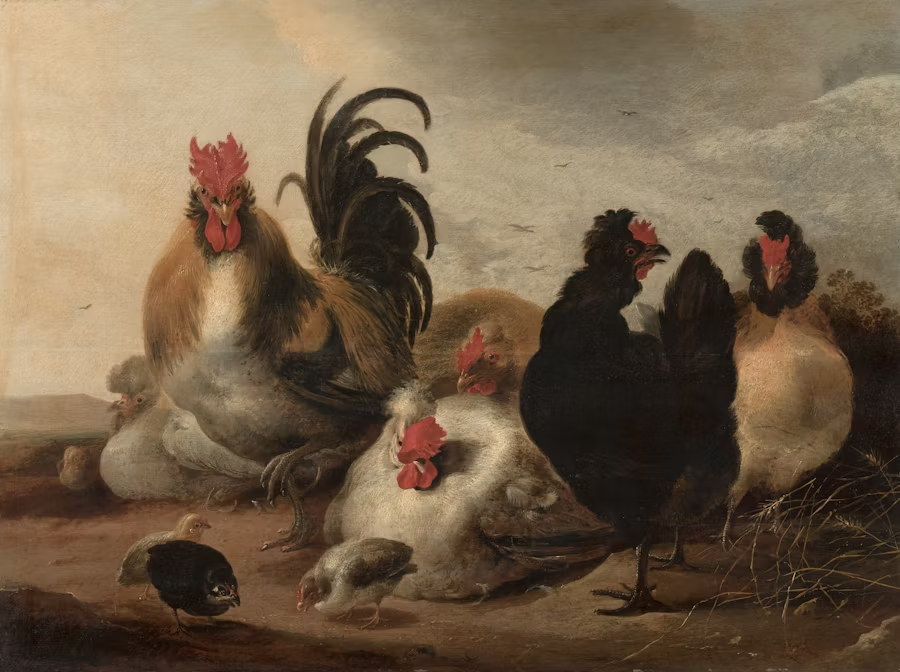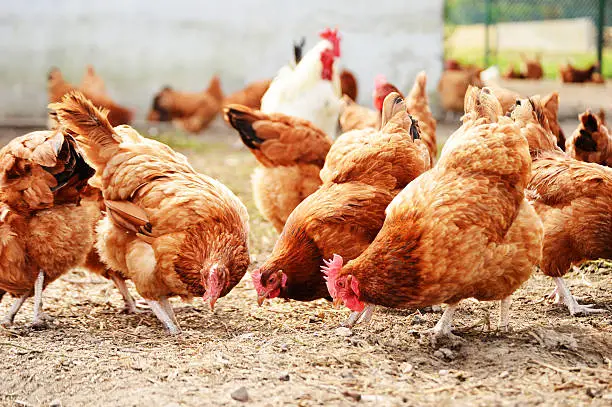How to Start Poultry Farming: A Beginner’s Guide to Success
Introduction
Poultry farming is one of the most profitable and accessible agricultural ventures for beginners. Whether you want to raise chickens for meat (broilers), eggs (layers), or both, poultry offers a relatively quick return on investment, especially with proper planning. With the growing demand for poultry products globally, starting a poultry farm can provide a stable income and contribute to food security.
This article breaks down the essential steps to help you start a successful poultry farming business—even if you have no prior experience.
Step 1: Decide on the Type of Poultry Farming
Before you begin, you must decide what kind of poultry farming you want to do:
Broiler farming – raising chickens for meat. These birds grow quickly and can be sold in 6–8 weeks.
Layer farming – raising hens for egg production. Layers start laying eggs at about 18–20 weeks and can continue for over a year.
Dual-purpose farming – combining both meat and egg production.
Other birds – like turkeys, ducks, or quails (though chickens are the most common for beginners).
Make your choice based on your budget, goals, and market demand in your area.
Step 2: Choose the Right Location
The location of your poultry farm is critical. Here are some things to consider:
Accessibility: It should be easy to reach for transporting feed and birds.
Ventilation: Fresh air is essential to prevent disease outbreaks.
Water and electricity: Reliable access to clean water and electricity is non-negotiable.
Distance from residential areas: Poultry farms produce odor and noise, so it’s best to be away from homes but not too far from your market.
Step 3: Build or Prepare Poultry Housing
Poultry need a clean, secure, and well-ventilated environment to grow and lay eggs efficiently. There are two main systems of poultry housing:
Deep litter system – birds are kept on the floor covered with sawdust or rice husks. It’s cheaper and more common for broilers.
Battery cage system – birds are kept in cages. This is usually used for layers and requires more investment but makes egg collection easier.
Whichever you choose, ensure the following:
Proper ventilation to reduce heat and ammonia.
Sufficient space (avoid overcrowding).
Protection from predators and extreme weather.
Step 4: Purchase Quality Chicks or Pullets
The quality of your birds determines the success of your farm. Always source chicks or pullets from a reputable hatchery or supplier. Ensure they are:
Vaccinated
Healthy and active
The right breed for your purpose (e.g., broiler or layer)
Start small (100–300 birds) if you’re a beginner, and scale up as you gain experience.

Step 5: Feed and Nutrition
Feeding is the most expensive part of poultry farming, often making up to 70% of the total cost. Birds need balanced diets based on their age and purpose:
Starter feed for chicks
Grower feed as they develop
Finisher feed for broilers in the last few weeks
Layer mash for hens laying eggs
You can either buy commercial feed or mix your own (if you have the knowledge and equipment). Always provide clean water—birds should never run out of it.
Step 6: Health and Disease Management
Poultry are vulnerable to diseases, which can spread quickly. Preventive health care is crucial:
Vaccinate regularly according to a vet-recommended schedule.
Clean the poultry house and feeders daily.
Quarantine new or sick birds.
Avoid overcrowding, which causes stress and disease.
Build a relationship with a local vet or poultry expert for regular check-ups and emergency support.
Step 7: Marketing and Selling Your Products
Identify your market before your birds are ready for sale. Your options include:
Local markets
Restaurants or hotels
Egg vendors or distributors
Schools and institutions
Direct-to-consumer sales
Build a good reputation by offering clean, healthy birds or fresh eggs. Branding, packaging, and online marketing can help set you apart from competitors.
Step 8: Record-Keeping and Business Management
Treat your poultry farm as a business. Keep accurate records of:
Expenses and income
Feed and medication usage
Bird mortality
Sales and customers
These records help you measure profitability, make informed decisions, and plan for growth.
Tips for Success
Start small: Learn with a manageable number of birds before expanding.
Be patient: Returns don’t come overnight, especially for layer farming.
Keep learning: Attend agricultural seminars, follow experts online, and join poultry forums or groups.
Plan for risks: Have a contingency plan for disease outbreaks, feed shortages, or market changes.
Conclusion
Poultry farming can be both rewarding and profitable if done right. From choosing the right birds to ensuring proper housing, feeding, and marketing—every step plays a role in your success. With careful planning, dedication, and the willingness to learn, you can build a thriving poultry business from scratch.
So if you’re thinking about starting your journey into poultry farming, now is the perfect time. Begin small, think smart, and grow with experience.

